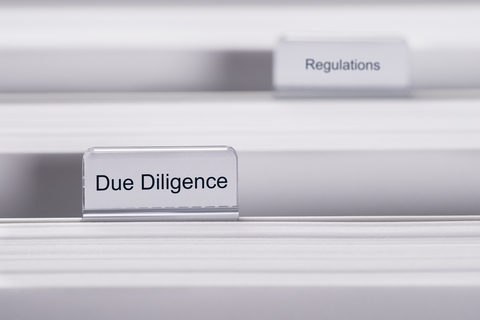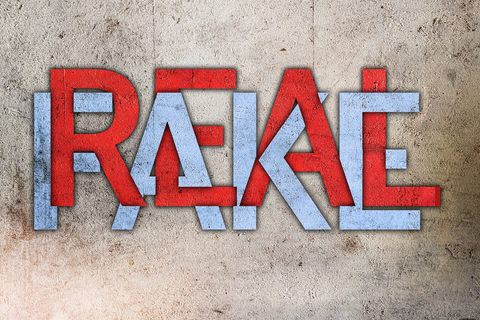5 goals of due diligence background investigations
In investigations, clients often ask us to “find everything.” They haven’t decided exactly what they want to know, so they ask for it all. Even if we could find everything, it wouldn’t be worth the time and expense, so, through a series of client conversations, we narrow things down to some basic objectives for each case, including client must-haves, nice-to-haves, and alternatives.
In due diligence background investigations, it would be easy to resort to the “find everything” method of investigations, and you do need to cast a wide net. But you want to add some focus.
After identifying the client’s level of risk, budget, time frame, and deal stage, we decide what to include. So, some investigations may need an official degree verification, while others don’t. Some backgrounds involve retrieving court records from the courthouse, while others just need online searching.
That’s why no two background investigations look alike, and our objectives change based on individual client situations. But, no matter how broad or deep we go and which components we include, all due diligence background investigations focus on these five basic goals:
Confirm supplied information – In due diligence, our subjects often provide some documentation–the Due Diligence Questionnaire, marketing materials, team bios, signed authorization forms. Make sure what they say is true. Even if it’s too early in the process to ask for these, verify what’s in LinkedIn profiles, speaker bios, and other self-reported online info.
Uncover any missing information – What did they leave out of the supplied info, and why did they leave it out? Was it a simple case of deciding it wasn’t worth including? Or did something occur during their employment there that you or your client would want to know about?
Reconcile any inconsistencies – Sometimes you discover inconsistencies between supplied and found information. Maybe employment start and end dates are slightly off, or job titles don’t match. Gather as much evidence as possible, and ask your subject for clarification. How they react to your questions could be as telling as their words (forthcoming? evasive?).
Identify warning signs – In due diligence background investigations, look for certain red flags, facts that indicate past fraudulent activities or potential for fraud. These are the deal breakers, such as a past conviction for fraud, or lying about a degree or previous employment. Then there are the yellow flags, the signals that, taken individually, don’t amount to much, but, when combined with other yellow flags, add up to some concerns.
Analyze results – After you finish your research, it’s time to take a look at the results and determine what they tell you. Do your findings inspire action, or is something missing? What recommendations can you make to facilitate decisions? What’s the best format for delivery?
In due diligence background investigations, you can’t find everything there is to know about your subjects. Investigators should help clients narrow their focus, and concentrate on these five simple goals to help spot fraudsters–before they do their damage.



